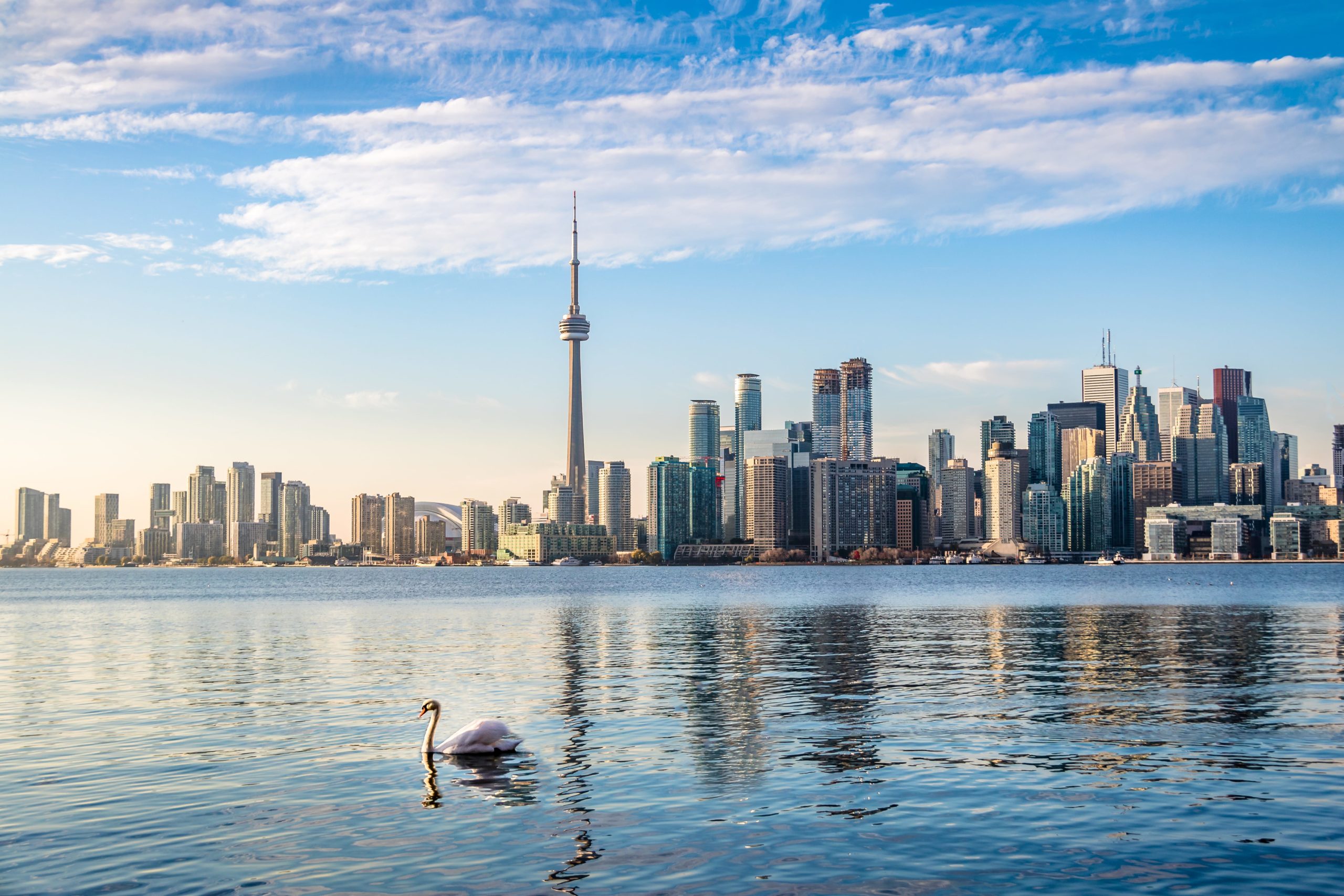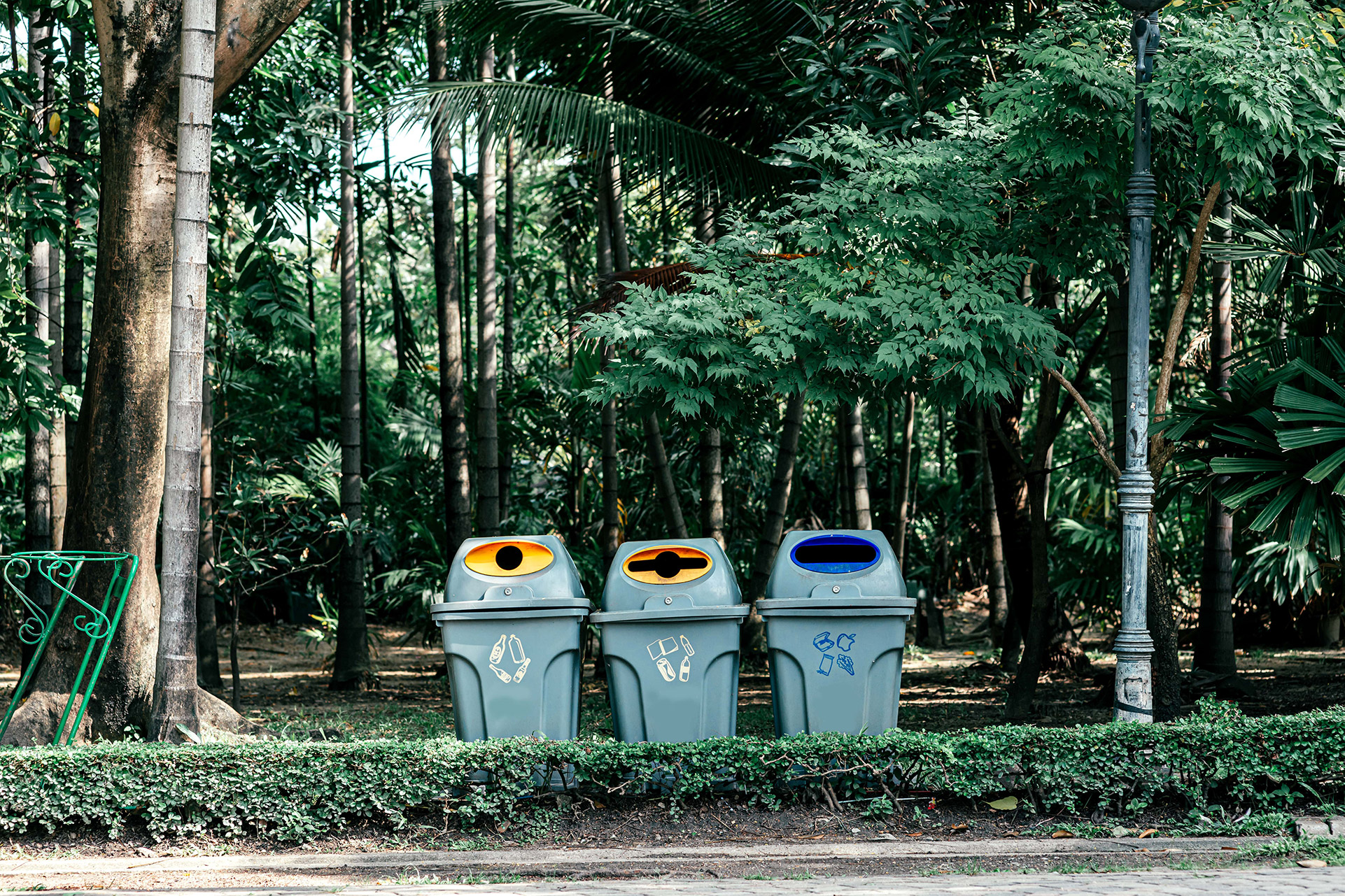After generations of growing populations and communities, some parts of our environment have been highly damaged. As our society and daily lives become so fast-paced and chaotic, we sometimes forget what the environment was like before we got here. The concrete jungles of urban cities, skyscrapers, roads, and houses are all sitting on what was once open fields, wetlands, forests, and mountains. The more we alter the planet, the more we risk seeing damage from natural disasters.
This is where environmental restoration comes into play. When an ecosystem is badly damaged, altered, or nearly destroyed from either a natural disaster or human activity, scientists and geographers get to work on assisting the recovery of an ecosystem back to a healthier state. Like humans and other living organisms, ecosystems repair themselves over time, so this active restoration helps guide the process, accelerating the timeline of ecological succession and increasing the functionality and quality of services an ecosystem can provide.
A thorough restoration project starts with site assessment and goal setting. After the design has been accepted and implemented, the job does not stop there. Like any successful project, and especially because the environment is full of living organisms, continued monitoring and adaptations are required. The prep and planning process is essential to understand how it will benefit and aid the existing ecosystem when planning to restore a landscape. Things can easily change in the environment, so it is important to have fluid plans and be able to address any need that can arise.
Restoring an ecosystem provides personal, ecological, cultural, and socioeconomic values to the surrounding community. Personal and cultural values include the community enjoying another green space with better air and water quality. The ecological values from removing invasive animals or harmful chemicals lead to the reintroduction of more native biodiversity. Finally, socioeconomic values can be seen in higher productivity from people at work when surrounded by more green space or the less money or time the town will need to repair damages to infrastructure when an ecosystem has higher functionality and can resist natural disasters.
Restoration can be carried out in almost any ecosystem that has been damaged or disturbed by human activity, like old mining sites, agricultural lands, urban areas, or lakes and wetlands.
An example of a restoration project happening in Canada right now is the Great Lakes Initiative. Thousands of businesses and industries rely on the Great Lakes for work, income, and lifestyles. However, the more we use from the lakes, the lower the water quality, leading to a more degraded ecosystem for marine life. The Governments of Canada and the U.S. created the Great Lakes Water Quality Agreement “to restore and maintain the chemical, physical and biological integrity of the waters of the Great Lakes basin ecosystem.” Challenges like invasive species, large algae blooms, and chemical leaks are restricting the Lakes from operating at their highest functionality, which in turn limits the quality of services the Lakes provide to us and the rest of the environment. The Great Lakes are a fundamental part of our heritage and ecosystem, so we must protect and restore them while we still have time.
If not now, when?
A scary question is how bad we can let an area get before it is too far to restore. There are infinite direct and indirect services and benefits a healthy ecosystem provides for us and the planet, so even the smallest monitoring and adaptations can make the biggest difference in long-term succession.
Learning about Canadian environmental restoration projects here is a great way to learn how to get involved and what you can do to help. There is no planet B, so there are almost no second chances if an ecosystem is lost.










